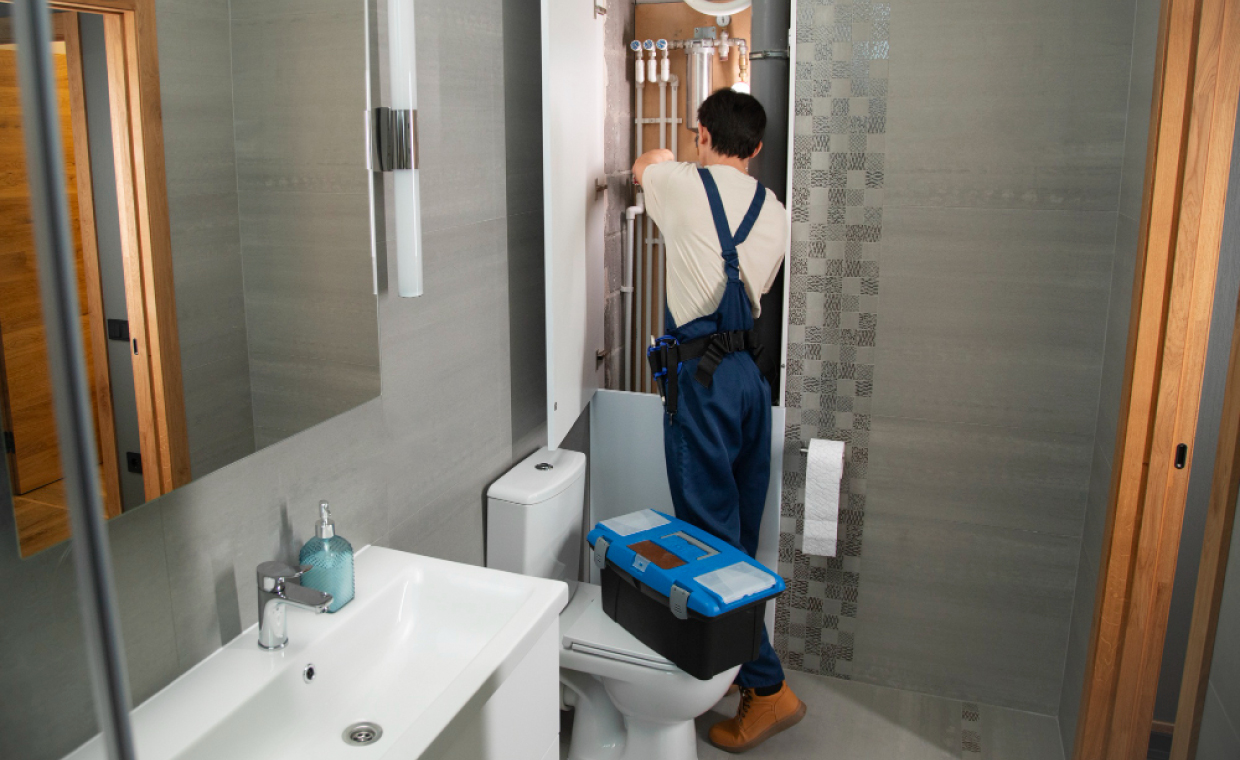
There is a lot to love about old homes. However, there are also downsides to owning a home that is a few decades old, and one of them is that they tend to be less energy efficient. If you’ve been looking for ways to improve efficiency and lower your utility bills in your aging home, here are five effective strategies you can try out.
01. Replace Your Insulation

As the years go by, the insulation in your walls, attic, and floors can degrade, becoming less effective. As a result, replacing old insulation with new, high-quality materials can significantly reduce the amount of energy needed to heat and cool your home.
Modern insulation materials — such as spray foam or cellulose — offer superior performance compared to older options. They fill gaps more effectively, provide better thermal resistance, and can even help with soundproofing. Investing in new insulation is a big upfront cost, but the savings on your energy bills will quickly add up, making it an investment worth considering.
02. Install Energy-Efficient Windows

Windows are another critical area where energy can be lost. Older windows, especially single-pane ones, can allow a significant amount of heat to escape during the winter and let in unwanted heat during the summer. Installing energy-efficient double or triple-pane windows can make a big difference in maintaining a consistent indoor temperature.
In addition to upgrading your windows, consider installing energy-efficient curtains or blinds. These window treatments can provide an extra layer of insulation, keeping the heat out during hot days and retaining warmth during cold nights. Look for curtains with thermal backing or blinds designed to reduce heat transfer.
03. Seal Gaps and Cracks

Even small gaps and cracks around your home can lead to substantial energy loss. Common culprits include gaps around doors and windows, cracks in the walls, and openings around electrical outlets and plumbing fixtures. Sealing these gaps can prevent drafts and keep your home more comfortable year-round.
You can use caulk or weather stripping to seal gaps around doors and windows. For larger openings, expanding foam can be very effective. Don’t forget to check for gaps in less obvious places, like the attic hatch or around recessed lighting fixtures.
04. Get a Smart Thermostat

A smart thermostat can learn your schedule and adjust the temperature accordingly, ensuring that you are not heating or cooling an empty house. The result is less waste and more energy savings.
Off-peak rates are also a good reason to invest in a smart thermostat. As this tool shows, many electricity plans offer discounted rates during off-peak hours. A smart thermostat can be programmed to pre-heat or pre-cool your home during these cheaper hours, reducing power usage during peak hours.
05. Insulate Your Water Heater

Water heating can account for a significant portion of your home’s energy use, especially if your water heater is old or poorly insulated. Replacing an old water heater is often the best solution, but you can still reduce a lot of waste by adding an insulating blanket to your old water heater.
These insulating blankets are relatively inexpensive and easy to install. They wrap around the water heater, helping reduce how much heat escapes from the tank. Additionally, insulating the pipes that carry hot water can further reduce heat loss and save energy.
Conclusion
Updating an older home to make aging home more energy efficient not only reduces utility bills but also enhances comfort and sustainability. By implementing these strategies, you can modernize your space while reducing your environmental footprint, ensuring your aging home remains a cozy and efficient haven.
Also read this interesting article:






























